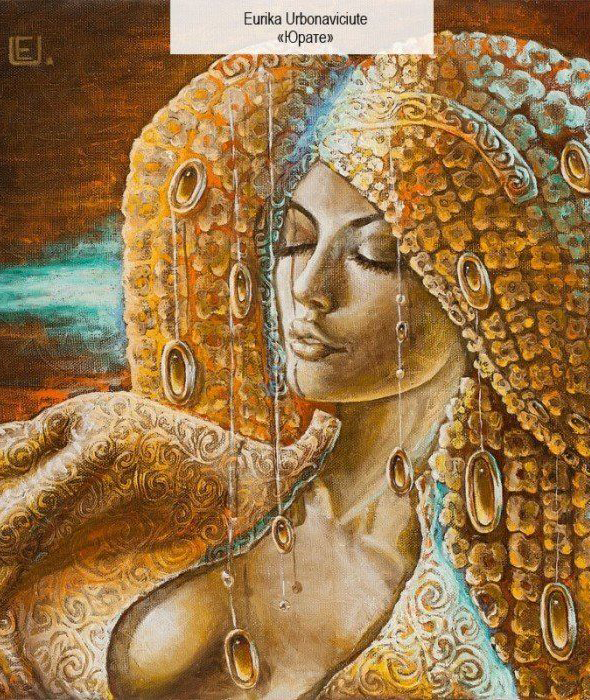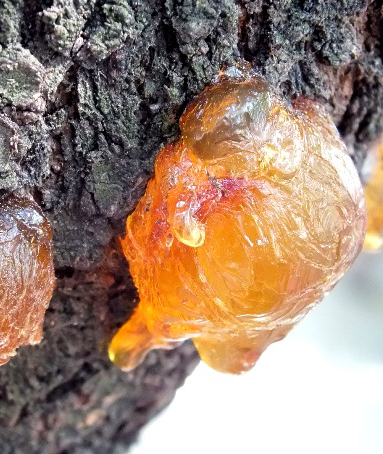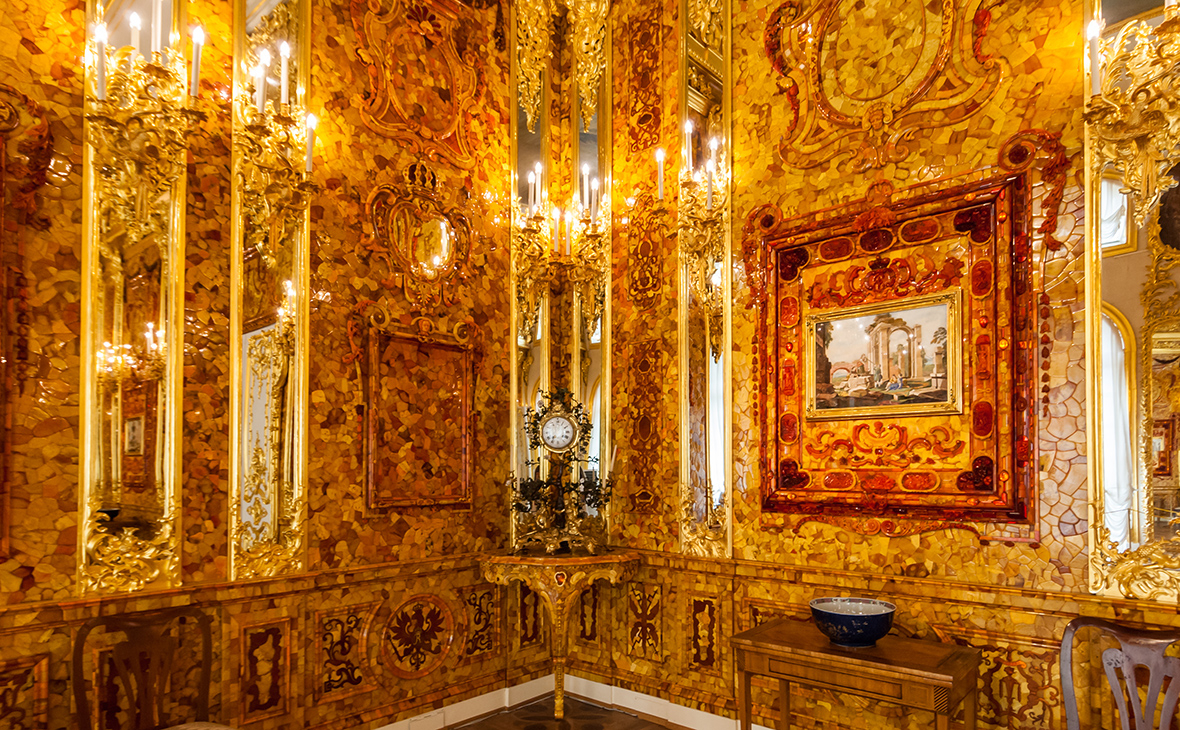Solar gems - facts, myths, interesting stories
Radiant cabochons (so-called rounded fragments of solidified resin with a convex upper part - due to their special texture, they were not cut like ordinary minerals, but polished) have long excited the imagination of treasure hunters, scientists and craftsmen - and now our article will allow you to learn everything about solidified resin and advise buy amber jewelry from yantar.ua.
Ancient legends...
People mined gold gems already in the late Paleolithic era (40-12 thousand years BC). It is not surprising that hundreds of fairy tales and legends have been written about stones. Here are the most exciting:


- The ancestors of the Poles and Lithuanians believed that the appearance of cabochons was connected with the mistress of the sea, Jurate. She fell in love with the fisherman Kastitis, and for this the supreme ruler Perkunas severely punished both - the man was struck by lightning, and the woman was chained to the ruins of her castle. Therefore, in a storm, the waves carry to the land either whole blocks of solidified resin, as if turned out from the walls of the palace, then tiny precious droplets - tears of a captive;
- The Baltic Slavs said that all the amber was stored in the nest of the huge bird Gaui, until a greedy rich man ordered a servant to steal the treasure. He pulled off a necklace, in each bead of which a picturesque landscape was reflected, but on the way back he dropped the necklace into the water. Since then, fragments of it have been found on the coast;
- In the Kurpi region (a region in northeastern Poland), folk songs about the flood are often found: it rained for 40 days and nights, flooding everything around. Gemstones are the memory of those who bitterly mourned their fate, the death of relatives and loved ones.
Cabochons also have a good influence - to protect yourself from epidemics, infertility, and evil spirits, you should buy candlesticks made of amber or, at least, burn pieces of it in a brazier. Fragrant smoke drove away diseases, improved mood, and strengthened the health of mothers and babies.
Later, this phenomenon was explained by science - the hardened resin is saturated with healing oils, acids, and trace elements, contact with which normalizes the state of the nervous, cardiovascular and endocrine systems, prevents SARS, allergies, asthma, problems with the gastrointestinal tract, joints, and skin.
...and new discoveries - how did gems originate?
Dozens of researchers tried to establish the origin of amber - from the Roman Pliny the Elder (22-79 AD) to the Kraków doctor Jan Freier (1778-1828). Most of them agreed that the glowing cabochons are a petrified liquid secreted by some plants, because they quickly ignite when rubbed, and smell needles and iodine. And insects hide in some stones - they could get inside only by getting stuck in a sticky trap.

But these assumptions were ultimately proven by modern technologies. The gems were subjected to ultrasound scanning and radiocarbon analysis, and they showed that the native amber was formed from the resin of Pinus Succinifera pines between 100.5 and 23 million years ago. Hence its second name - succinite.
Now extinct giants (up to 75 m tall) grew all over Fennoscandia - a proto-land that included the territories of Norway, Sweden, Finland, Karelia, Arkhangelsk, Murmansk and Leningrad regions. (Russia). In a humid, hot (average annual temperature equal to +20C) climate, giant trees released a lot of sap - it appeared in case of any damage to the trunk, covering the defect like a plaster. And then gravity, time and complex chemical reactions turned the sticky substance into a jewel.
Amber souvenirs - from primitive to a masterpiece
The solid resin was traded in Sumer, Egypt and ancient Greece, but it gained real popularity in the Roman Empire. Cabochons were exchanged for silver, weapons and glass, and in order to import them from the Baltics to the Mediterranean without obstacles, a special route was laid through the Rhine, Oder, Vistula and Danube rivers. Its final destination was the port city of Aquileia (on the border between Italy and Slovenia), from where gems were imported to Constantinople, Syria, India, and Baghdad.
In the Middle Ages, Polish amber workshops were widely famous - in particular, a shop in Gdańsk - but in 1308, the Teutonic Order (a German spiritual and chivalric military association) seized those lands, which forbade the native inhabitants to collect and process the hardened resin. These privileges, as well as the monopoly on the sale of precious stones, returned to the city only in 1466, when King Casimir IV freed the state from the yoke of foreigners.
From the 16th century, local industries began to develop rapidly. The first gemstone products had a religious theme, such as the statue of the Madonna with Jesus in the Yasna Hura Monastery or the portable altar of Jan III Sobieski, the monarch of the Polish-Lithuanian Commonwealth. But soon the artisans began to make secular objects as well - caskets, chess sets, tableware, and tableware. They were collected by tycoons and art lovers - for example, among the gifts given to Sultan Osman II in 1622 by Prince Krzysztof Zbarażski was an amber casket "with engravings of dryads and naiads", a cabochon-framed mirror, a jug and a dish made of white hardened resin. And Sigismund III Vasa (1566-1632) himself did not shy away from such an activity - a cup with a lion's face, made by the bishop himself, is exhibited in the Wawel Museum.


However, the pinnacle of stone carving is the famous Amber Room. Its project was conceived by the Prussian king Friedrich I (1657-1713), and it was implemented by the baroque architect A. Schlüter, the Danish jeweler H. Wolffram, G. Turau, and E. Schacht from Gdańsk. The decor of the office included wall paneling with relief images, mosaics, sculptures, and ornaments. In 1716, it was solemnly presented to the Russian Tsar Peter I. And in 1743, Empress Elizabeth instructed A. Martelli and B. F. Rastrelli to expand and "correct" the decoration - gilded wooden panels, and paintings from agate and jasper.
Unfortunately, after the Second World War, the masterpiece disappeared without a trace, whether it died in a fire or was taken to the United States due to a loan-lease debt. In the version reconstructed in 2003, there are only a few authentic fragments - a mirror, an amber casket, and the Florentine mosaic "Sense and Smell".


In the 18th century demand for gemstones fell. Mass production of rough-stamped accessories started. And in 1879, pressed cabochons were invented - stone crumb and small fragments of hardened resin were heated and fused together, which made fishing even cheaper.
The former sophistication and fantasy in the creation of precious products were restored only by the end of the 20th century. The authors boldly experiment with materials, combining cabochons with noble metals, wax cord, deer horn, wood, plastic, and ceramics. Their creations are no less diverse - from writing instruments, pens and VIP surprises to sublime spiritual relics and luxurious women's necklaces, rings, and bracelets.
Would you like your home to be decorated with a gem icon or picture, bonsai, statuette, or amber lamp? You can buy them in our online store!